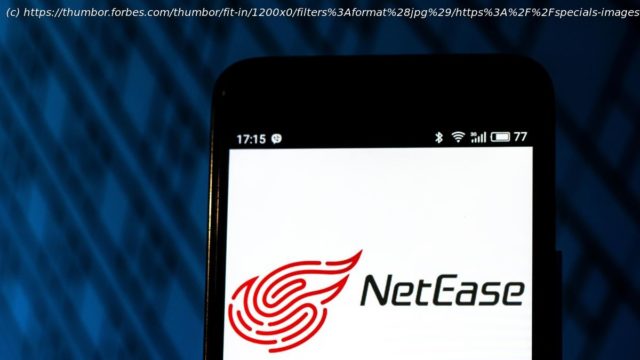Hong Kong managed a small gain on the shoulders of volume leader Tencent’s strong performance +2.33%.
Asian equities ended the session mostly higher despite the fading of hope for a vaccine. Hong Kong managed a small gain on the shoulders of volume leader Tencent’s strong performance +2.33%. Volume leaders were mostly growth names as Tencent was followed by Alibaba
BABA HK +0.57% and Xiaomi +1.11% following their earnings release and Meituan Dianping +2.15%. Ping An Healthcare rebounded +5.15% after clarifying the removal of their CEO by their board was for performance reasons. The stock is up +86% year to date, thus accounting for the majority of the 93% return since its May 2018 IPO.
Mainland China saw profit-taking after yesterday’s strong performance. As expected, China’s Loan Prime Rate was left unchanged at 1-year 3.85% and 5-year 4.65%. Unlike in Hong Kong, growth stocks were off on the Mainland including health care. Mainland health care was off after WuXi Apptech announced a sale of shares. Ironically, the Mainland market is anticipating increased policy support for growth sectors as “new infrastructure” has become a buzzword. Healthcare is apt to see increased attention as well.
I noticed an interesting factoid. What is the average prediction by Wall Street economists for China’s GDP in 2021? The number is 8%. I was pleasantly shocked as well. Part of the reason is for the low 2020 GDP prediction of only +1.8% from 2019. Year over year, Q2 2020 is 1.1% which feels low to me though the rebound accelerates to 5% in Q3,6% in Q4 and a whopping 14.5% in Q1 2021! US GDP is expected to follow a similar path, though not quite as robust on the upside to the upside. Remember that US Q2 GDP won’t be released until July. Economists predict US Q2 GDP will fall -9.6% year over year and -34% quarter over quarter. I certainly hope they are wrong, but we are currently in a recession after all.






